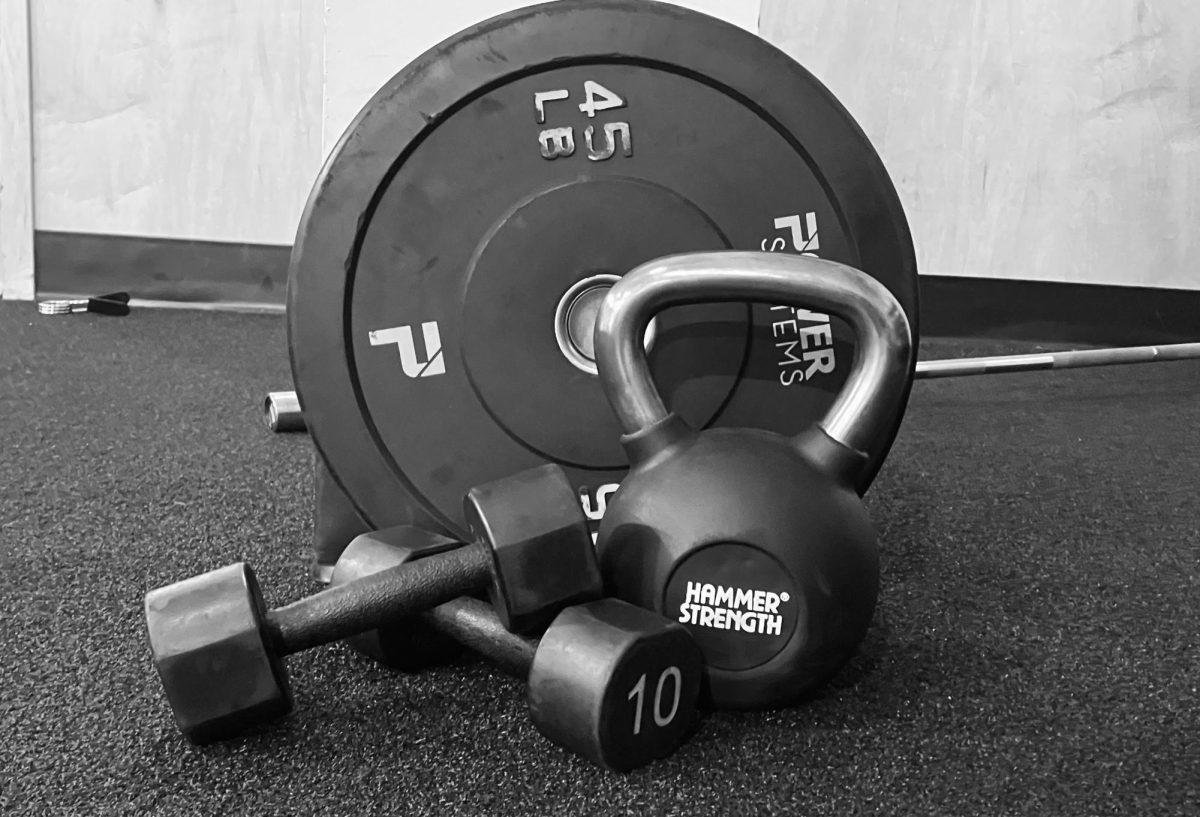Going to the gym is an increasingly popular pastime amongst teenagers. The rise in downtime from Covid, the lack of alternative activities to enjoy, the many fitness influencers on social media, and the availability of corporate gyms have allowed many more teens to take up gym memberships as a healthy and active hobby. And, while the physical effects of the gym have clearly provided positive results to many, the psychological impact of societal pressures has created an looming toxicity within the walls of these same gyms.
What is this poison sneaking into teens’ workouts? Body dysmorphia.
Body dysmorphia is a mental disorder defined by an intense anxiety, depression, or stress surrounding one’s body. Body dysmorphia takes many forms, often attacking the victim’s perception of their skin, hair, or general self image. Symptoms include picking at one’s own skin or hair, constantly grooming oneself, and having an unhealthy relationship with mirrors. Body Dysmorphic Disorder is one of the more common mental health struggles among teenagers, with an estimated 2% of the population suffering from the condition. While the spread of body dysmorphia can be attributed in part to genetics and past mental health experiences, the recent rise in gym culture is a new influence that certainly can’t be ignored.
Of course, the act of exercising to strengthen one’s health is an overwhelmingly positive activity. Working out and maintaining a healthy and active lifestyle have been proven to improve physical and mental wellbeing in almost all age groups. From intense bodybuilding and powerlifting to simple jogs and stretches, the gym facilitates the journey of self-improvement many teenagers have recently embarked upon.
However, there is far more to the gym than barbells and treadmills.
Gym culture itself has its roots spread surprisingly far across human history. The act of exercising and improving one’s body has been an emerging interest since the time of the ancient Greeks and Romans. In the 1800s, gymnastics and fitness programs began to develop in the West. As crude as they may have been, these primitive athletics began to encourage more and more people to pursue an active lifestyle. Throughout the 1900s, gyms started to form, creating not only a new wave of youthful activity but also a highly profitable business model that allowed gym popularity to surge in the 2000s. Following the recent pandemic that locked many inside their homes for extended periods of time, the gym has never been more popular for those looking to stay active and social.
The renewed fitness popularity created a social media tsunami of fitness personalities. Some of these influencers encouraged humility, moderation, and self-improvement, ushering teenagers to the gym in droves and creating a positive and community-oriented mindset for young gym-goers. Conversely, other influencers have directly led to a rise in body dysmorphia amongst teenagers by abusing their platform and creating an unhealthy standard.
What many fitness personalities will not admit is that they often do far more for their bodies than just eat healthy food and go to the gym once a day. Some consume performance-enhancing steroids that rapidly build muscle mass and definition. These substances are not only expensive and hard to obtain, but they also contain chemicals that often create major health complications. Additionally, some fitness influencers also only take pictures or videos of themselves with complimentary lighting that highlights lean or mass muscle definition as opposed to unflattering aspects of the physique.
Making oneself look better for photos and videos isn’t necessarily an insidious action. However, not informing the viewer of such alterations will create an impossibly high standard for those who want to emulate an influencer’s physique. Even taking steroids and posing in the exact same lighting as the idolized influencer will likely not yield the same results.
Because of the unique genetics that every person possesses, it’s impossible for two people to have the exact same results in the gym. Different genetics lean towards different muscle areas growing faster or slower. Genetics also determine vascularity, genetics, body mass, and many more aspects beyond human control. Simply put, no amount of exercise, dieting, steroids, or good lighting will produce the same results as professionals, but that isn’t necessarily negative.
If every individual person has distinctive genetic capabilities, everyone can create an entirely original physique by utilizing the varied strengths and weaknesses of their own body. Basing one’s goals on the results of others ignores the positive aspects of individuality and can create an intense feeling of shame, failure, or unhealthy comparison. But, by embracing the differences that define an individual’s physicality, no unreasonable limits can be set, and the constant dread of comparison fades away.
Frequenting a gym to improve one’s body is among the best uses of time and energy for many teenagers. The constant need to over-perform and and emulate others is simply an unwanted side effect of a healthy habit. However, when individuals begin to educate themselves as to their own potential and capabilities while not comparing themselves to the seemingly pristine influencers, body positivity and self-confidence can be reached. And with this realization comes true growth and strength, both physically and mentally.



